Selecting the Perfect Putter
By: Bruce Rearick and Matt Saternus
When you’re going to the store to pick out a putter, what are you looking for? Are you searching for a particular brand? A head shape? A finish? A certain feel?
In this lesson, Bruce Rearick of Burnt Edges Consulting will lay out what he views as the most important elements of a putter so that you can put the right one in your bag.
This Lesson Is For You If:
You’re wondering if you have the right putter in your bag
You’re interested in getting a new putter
You want to know why your putter does (or doesn’t) work
#1 – Length and Lie
This is the least sexy part of the putter buying process, but it’s critical that you get it right. The wrong length or lie will put you in a position where you don’t see the line accurately, and it’s all downhill from there.
Think of it like buying clothes. Finding your size isn’t the fun part, but what’s the point of buying a great shirt that doesn’t fit?
#2 – Toe Hang…And Then Some
The next step is figuring out what putter design fits your stroke. The most important element is the distance from the shaft axis to the center of the face, which is largely – but not completely – reflected in the toe hang.
Toe hang will also be impacted by the location of the COG relative to the putter face. If you have a mallet with a COG far from the face, it will have less toe hang than a blade with a COG near the face.
#3 – Swing Weight
Everyone has had the experience of picking up a putter and sensing, “Hey, this feels good.” You were likely reacting to the swing weight. The swing weight is, in simple terms, how heavy the club head feels.
Bruce’s recommendation is to start with a swing weight that matches your sand wedge – likely something around D6. If you need to release the club more, you can go to a lighter swing weight. Conversely, a heavier swing weight will slow the club’s release.
If you like a putter but don’t like the swing weight, you can modify it fairly easily. Adding weight to the head – whether with adjustable weights or lead tape – will raise the swing weight. If you add weight to the butt end, you will reduce the swing weight.
#4 – Total Weight
While swing weight gets a fair amount of attention in putting, very few people consider the overall weight. Bruce views overall weight as being key to distance control. Try matching the overall weight to your tempo.
If you’re an uptempo player, you may find better success with a putter around 500-515 grams. Players with more methodical strokes can get into the 550-575 gram range.
#5 – Grip
Finally, you should consider the grip shape. Bruce’s emphasis here is to pick a grip that works with your source of motion. Don’t pick a grip to “fix” your stroke. If your stroke is powered by your hands, choose a smaller grip like a PING Man grip. For the shoulder-driven stroke, a big SuperStroke grip can be a good choice.
Conclusion
Hopefully following these five steps makes the process of choosing a putter a little less daunting and a lot more successful. If you have any questions, please post them below, and we’ll try to help you out.
For more information on selecting a putter – and how to use it – check out Bruce Rearick HERE.
He founded Plugged In Golf in 2013 with the goal of helping all golfers play better and enjoy the game more.
Matt lives in the northwest suburbs of Chicago with his wife and two daughters.
- Performance Golf Click Stick Training Aid Review - October 18, 2024
- Callaway Opus Platinum Wedge Review - October 17, 2024
- When to Take a Break from Golf - October 15, 2024


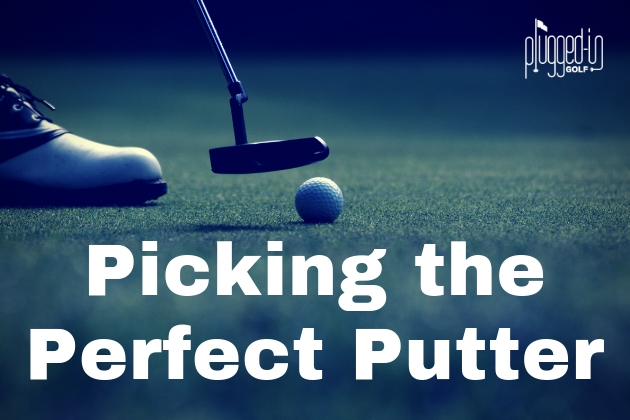
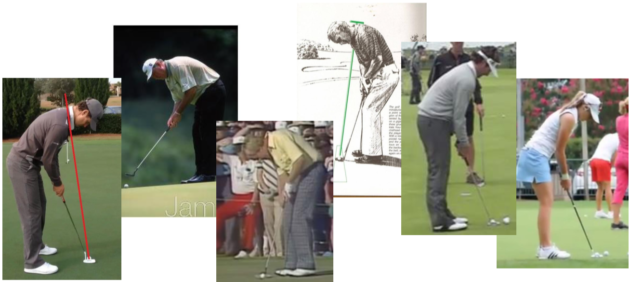
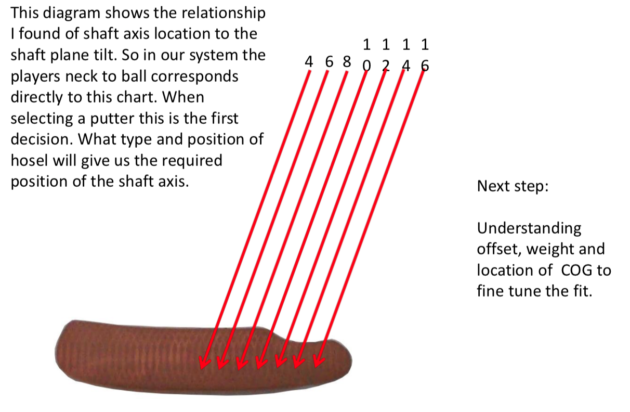
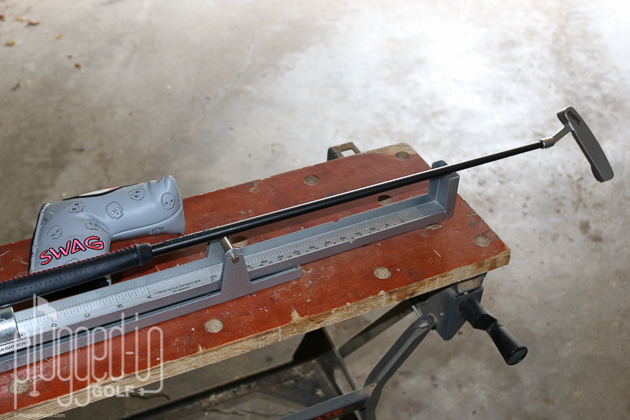
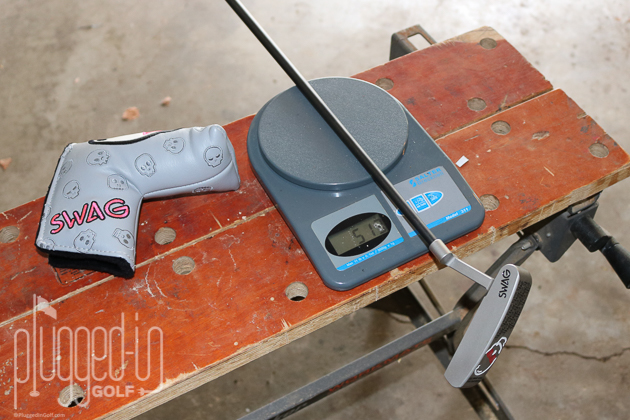
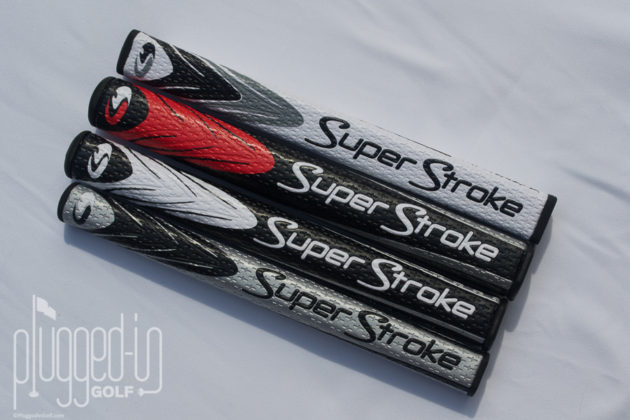
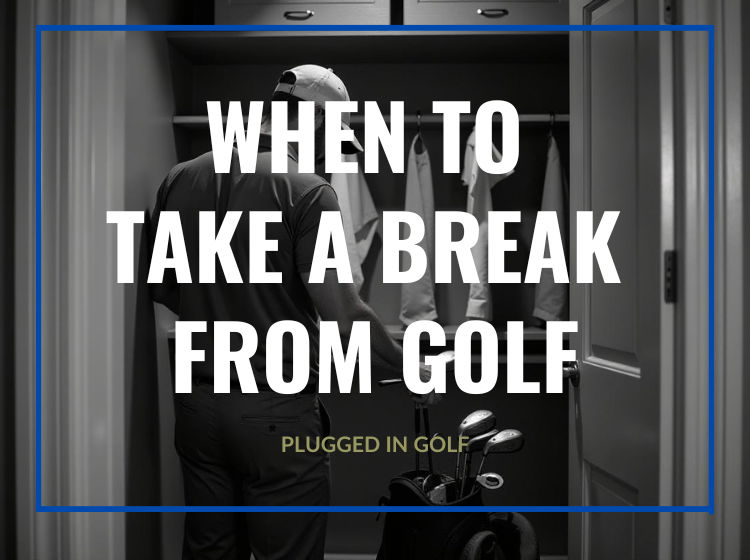
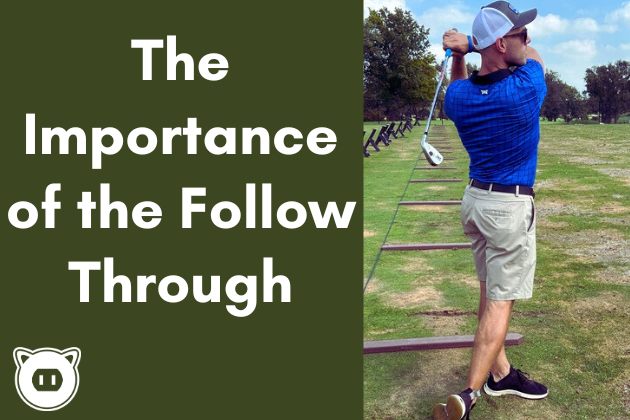
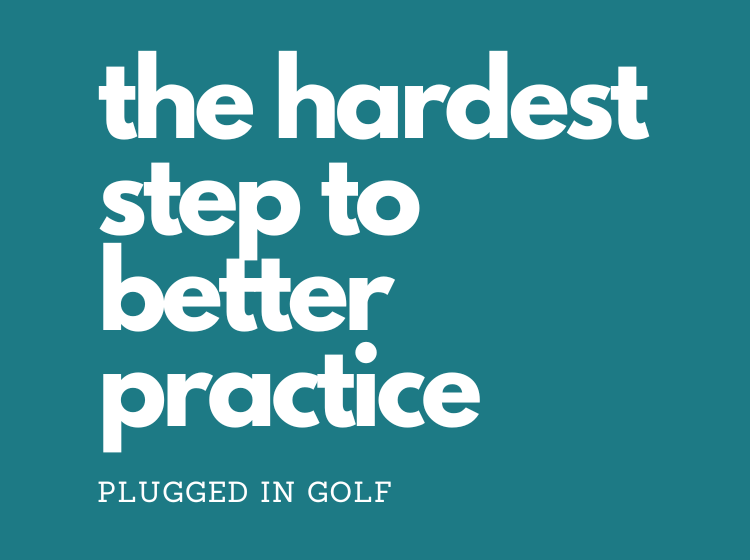









14 Comments
Had never given much thought to what putter fit me best. This is a good start, and I started with a similar article, then decided to take the next step. I Just had my putter fitting with Club Champion on SAM putter lab, was very informational and helped me to understand my method of swinging the putter and why I have struggled. #SecretGiveaway
Nice article and well written explanations. Putter fitting is underrated.
Length of putters is underestimated. Stock putters are sold with 35” shafts. PGA Tour average is about 34”, and average height of PGA Tour players is about 6,0”-6,1”. After having customized clubs for years, the only club I did not customize was putter. This year I experimented and shaved 1” from my standard putter and never looked back!!! Or actually looked back and regretted years with too long putter. With too long putter your eyes are not above the center line. With too long putter maybe you do not have the best possible feel for the head of putter… Great article putting attention on this neglected part of fitting!!!
I am a longtime Dave Stockton student of putting! I find the “engineering” end over end roll gives me my ideal putter setup. Using Callaway Tru Vis “soccer balls” let’s me see this quickly. But how the ball dives into the hole with ideal speed is the true test. Stockton really emphasizes lofting up and I agree from experience. 6 degrees of loft and “hands ahead” gives the best over spin roll for me!
I think you only want to loft up if the 6 degrees becomes 3 degrees at impact with the hands because more loft typically means more backspin before roll. Most want as little backspin as possible. So if you keep the putter handle neutral at setup, let’s say ala Zach Johnson, you don’t want more loft because if he starts at 2.5, he is at 2.5 (or so) at impact.
Ty, overall weight and tempo was not aware of this relationship. Going to check out my putter now… thanks
really good primer. one additional factor that David Edel has identified is whether the markings is toward the blade or back on the flange/mallet can have an enormous effect on alignment. Worth considering, based on conducting hundreds of fittings
I always thought one started with what head, sightlines, hosel, and offset work for you in terms of aiming where you think you are aiming – sort of like the Edel concept – and then you go from there.
Hi Matt,
In addition to points covered in article, loft and lie also should be in the equation for a properly fit.
This year, I spent sometime with different putters. Some putters that I did not like first became my favorite after some adjustments ( length, weights and swing weights).
Also I noticed that with some attention, you can ameliorate your stroke ( path and hitting in the sweet spot) to control distance.
Thanks for the comments. At BurntEdges we can take it as detailed as you would wis to go with a fit. Having said that any information is good information as you build a strategy.
I live In Windsor Ontario Canada. Where can I get fitted properly for a putter ?
Greg,
Send Bruce an email and let him give you some guidance.
Best,
Matt
I believe the best way to find the correct putter is to be properly fit by a PGA Pro on a SAM…Science and Motion system. We charge $50, takes 90 minutes, and is very well worth the time and money.
In looking at the comments. One thing you might want to consider, is that design and face balance of a putter have an influence on impact. So if I base my fit on what I aim best, that design might make it difficult to get the putter to square while in motion. That is why we consider the “picture” the putter presents AFTER we find our best impact. The key in our system is to find a putter that returns to the aim position the easiest regardless of where you aim. You would be surprised how many people aim one direction and their miss is the other and when you fix the aim, they still miss.